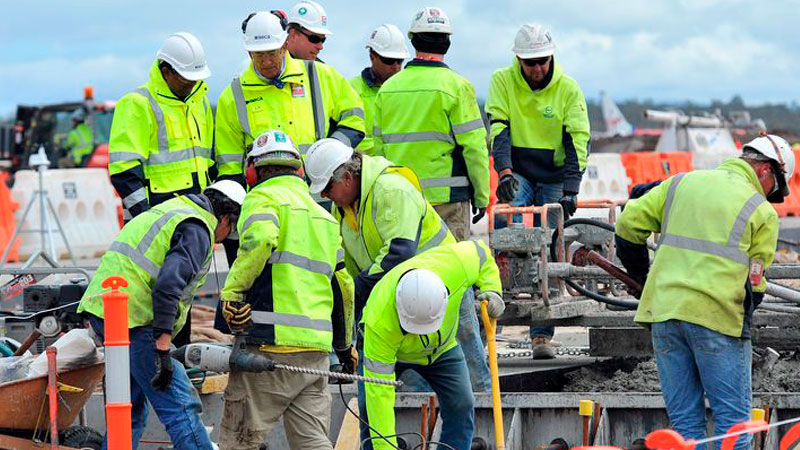Approvals Slump Reveals Post-Election ‘Glee’ Short Lived
Residential building approvals have hit a six-year low, slumping 25.6 per cent over the year as credit curbs continue to put downward pressure on the housing market.
The largest decline was recorded in high-rise residential development approvals — buildings of more than 4-storeys — which collapsed 39.3 per cent over the year to June.
The ABS building approval figures were a much-awaited marker of whether the post-election pick up in post-election sentiment had translated “on the ground”.
And while coordinated policy easing from APRA and the Reserve Bank has provided a boost in optimism, stimulus measures won’t flow through to housing construction until at least mid-2020.
UBS analysts, led by economist George Tharenou, said that the residential construction outlook is still negative.
“Building approvals are down 26 per cent year-on-year and we forecast no recovery with dwelling commencements to drop to 170,000 this year.
“We still don’t expect a sharp reflation given ongoing tight credit availability.”
UBS’ sentiments echo recent BIS Oxford Economics forecasts, which predicted that the housing construction downturn had a further 8 per cent to run.
BIS managing director Robert Mellor said that the fiscal year 2019-20 should represent the trough for building.
“It is not until mid-2020 that a suite of stimulus measures are expected to [facilitate] credit availability, reducing barriers to entry and boosting confidence.”

The good news is that the environment should propel the next upswing — with Mellor predicting the next construction peak within four years.
“Australia’s dwelling stock deficiency will grow once again as rising undersupplies in Victoria, Queensland and Tasmania develop by 2020-21,” Mellor said.
Tuesday’s ABS figures show residential approvals in Western Australia are at the lowest levels since 2001, while NSW is facing its lowest approvals trough since 2014.
Overall, Australian home building approvals fell 1.2 per cent in June, with houses showing slight uplift (up 0.4 per cent) while apartments fell 6.5 per cent.
The news isn’t as bleak in commercial markets, with non-residential building approvals growing 9.6 per cent in June and 23.7 per cent over the year.
UBS said that as the near-record building pipeline completes and activity stalls, GDP growth will fall an expected 0.5 per cent — prompting further rate cuts of 25 basis points in October 2019 and February 2020.
“GDP-basis dwelling investment will likely decline for at least a year, dragging down construction jobs.
“Indeed our tracking of construction job ads is consistent with [about] 100,000 job losses ahead.”















